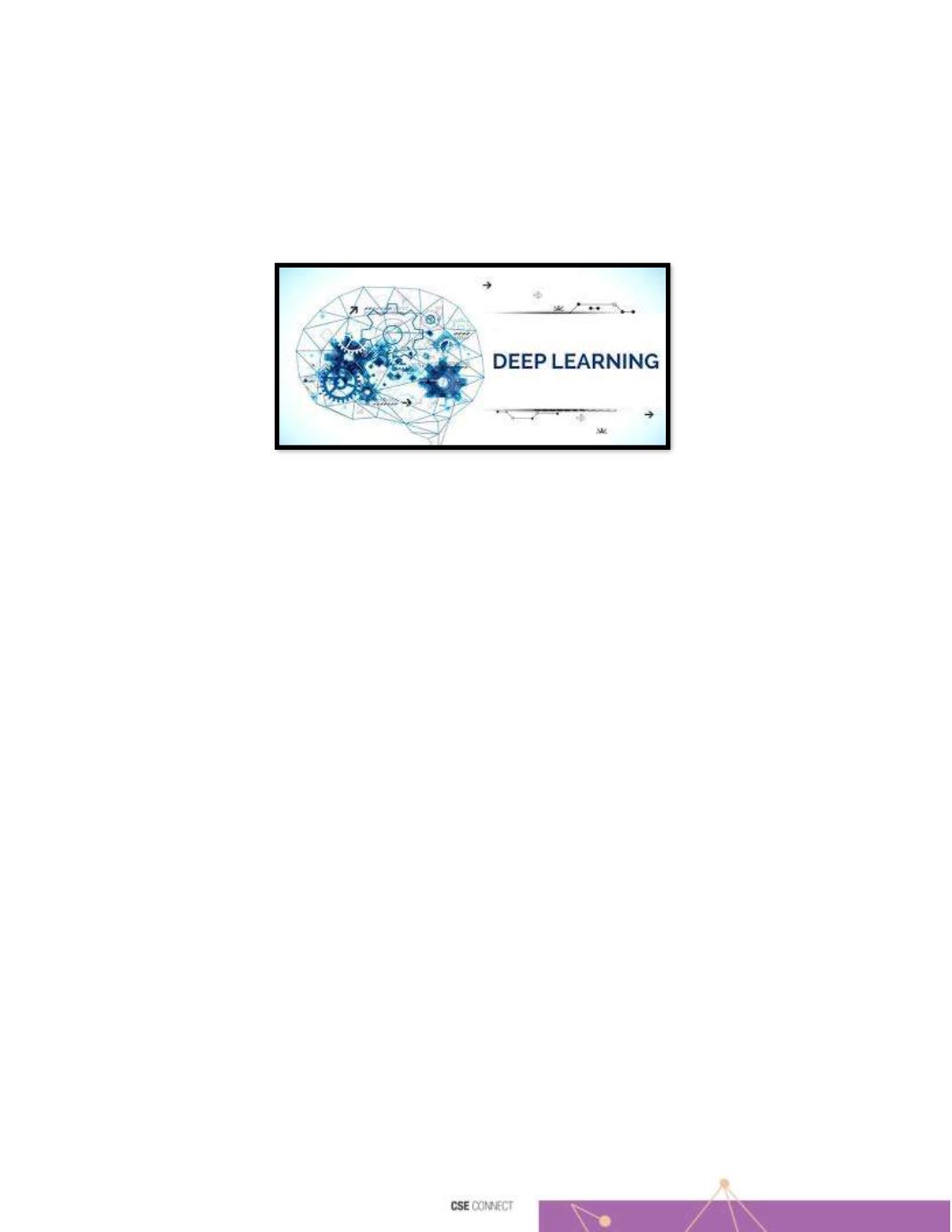

52
Field article of the issue
The Application of Deep Learning for Helping Visually Impaired People Navigating QU
By. Ms. Hanadi Hassen Mohammed
Introduction
In the last few years, signal processing had witnessed
significant scope widening with machine learning technical
area [1], especially with the great development that emerged
in 2006 for deep learning [2] which is a new area of machine
learning. Unlike traditional machine learning techniques
which exploit shallow architectures that have a single layer
feature transformation, deep learning exploits deep
architectures that cope with complex features in problems
like human vision and speech processing [3]. One
application of deep learning is computer vision which aims
to give computers the ability to extract high-level
understanding from digital images and videos. Some tasks
of computer vision include image classification, object
detection, object segmentation and many others. One of the
applications that can benefit from computer vision are
applications that help people with visual disabilities for
navigation from one place to another.
There are about 285 million visually impaired people in the
world. They struggle to walk; they struggle to identify. There
is much research done in computer vision to make those
people struggle less. Computer vision is an analogue
system that converts optical information into demonstrative
signals. It allows visually impaired to have less of struggle in
life. Take walking, for example, they will usually have a stick
or an adult that lead the way for them. Computer vision
guides them by a camera that captures the information of
the environment the one blind persons in and that
information is processed by the computer that in return
vocally informs the person using the device of what is around
them. Computer science researchers at Qatar University
have been trying to develop a new mobile device which
could potentially allow the blind people to see the world
around them. Led by Dr. Somaya Al-Maadeed, head of the
Department of Computer Science and Engineering and a
team of researchers, the first prototype of the system is
completed.
General Overview of the system
CamNav is a computer-vision based system, which utilizes
a trained deep learning model and SVM model to perform
indoor scene recognition. The architecture of the system
shown in Figure 1 is a client-server architecture. The server
part is responsible for performing complex processing
computations. The use of image processing as well as deep
learning techniques on a mobile device consumes a
considerable amount of processing resources resulting in a
significant loss in the battery life that’s why these parts are
placed in the server side. In the other hand, the client side is
the mobile application that provides the services of indoor
positioning and navigation. The mobile application is
configured to send in real-time captured images to the server
and wait for their recognition. Figure 1 shows the complete
architecture of the system.
The Testing Environment
In order to show the effectiveness and efficiency of the
proposed system, another two systems which utilize QR
code markers (QRNav) and BLE beacons are developed to
guide the people with visual impairments using the system.
The performance of CamNav, QRNav and BLE beacons
based navigation system are evaluated in real-world
















